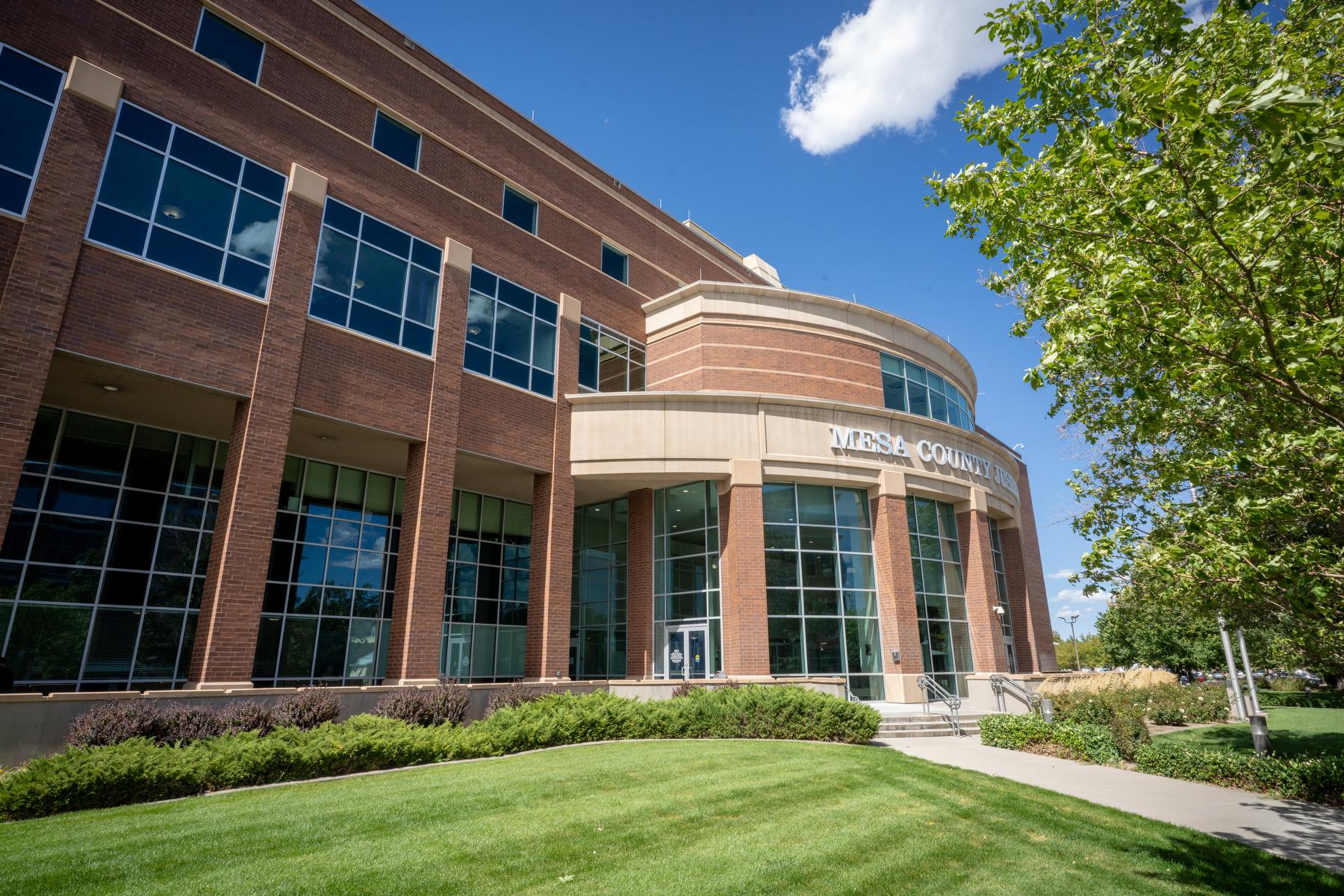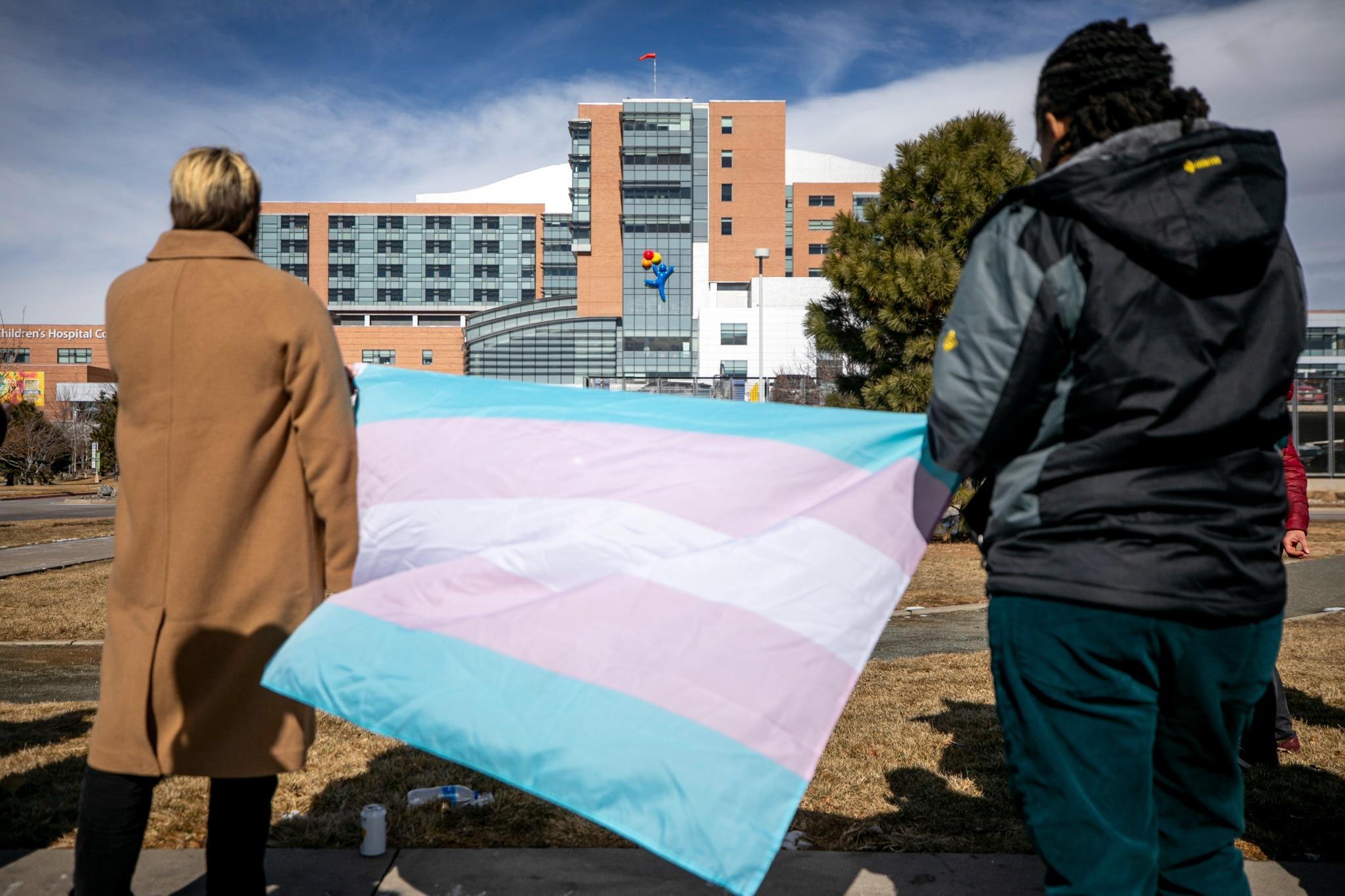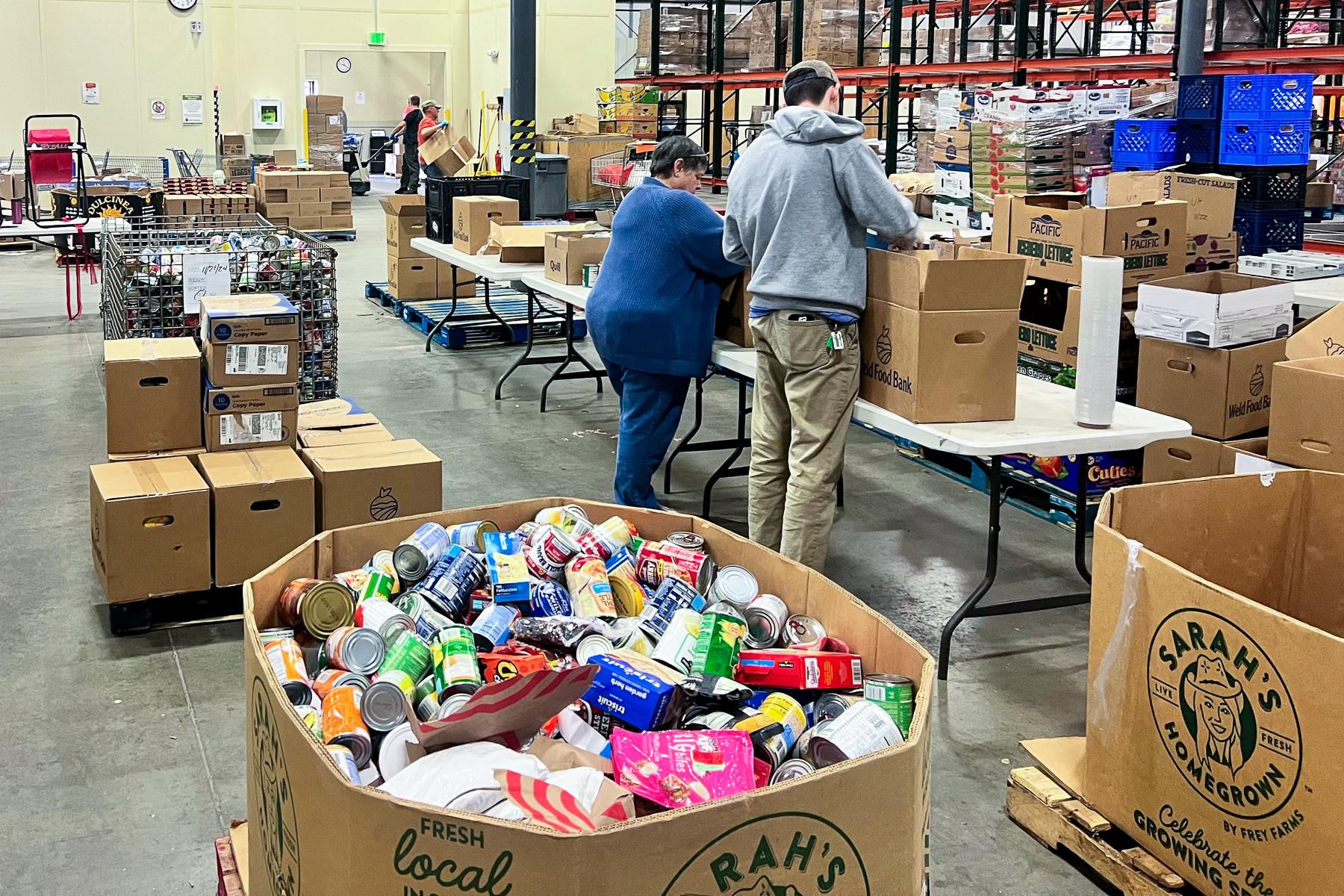
In an industrial-sized kitchen tucked away at Denver’s Food Bank of the Rockies, sous chef Adrienne Flowers is helping a group of smiling volunteers in hair nets. Together, they’re preparing cubed mango for a taco meal that will feed hundreds of hungry kids.
“We change the world for 2,600 children here in this kitchen,” she said. “We're feeding our community. We're feeding our future, and it just feels so good to be a part of that solution every day.”
Federal pandemic-era food aid ended across the nation last year, and with an increase in inflation, families are relying heavily on food banks this holiday season.
“More people are needing our help now than even at the height of Covid,” said Weston Edmunds, Communications Manager for Weld Food Bank.
In 2021, the food bank’s emergency food program was serving about 300 people a day. It was often hard to keep up with the need at that point, but it was nowhere near the demand the food bank is experiencing now.
“Last month, we were averaging 1,300 people a day,” he said.
That’s a 333 percent increase, and it’s costing food banks a lot of money to keep up.
“Take potatoes, for instance,” said Erin Pulling, Food Bank of the Rockies’ CEO. “Over the course of a year we buy 40 semi-truckloads full of potatoes, and [they’re] costing us about $30,000 more than they were a couple years ago.”
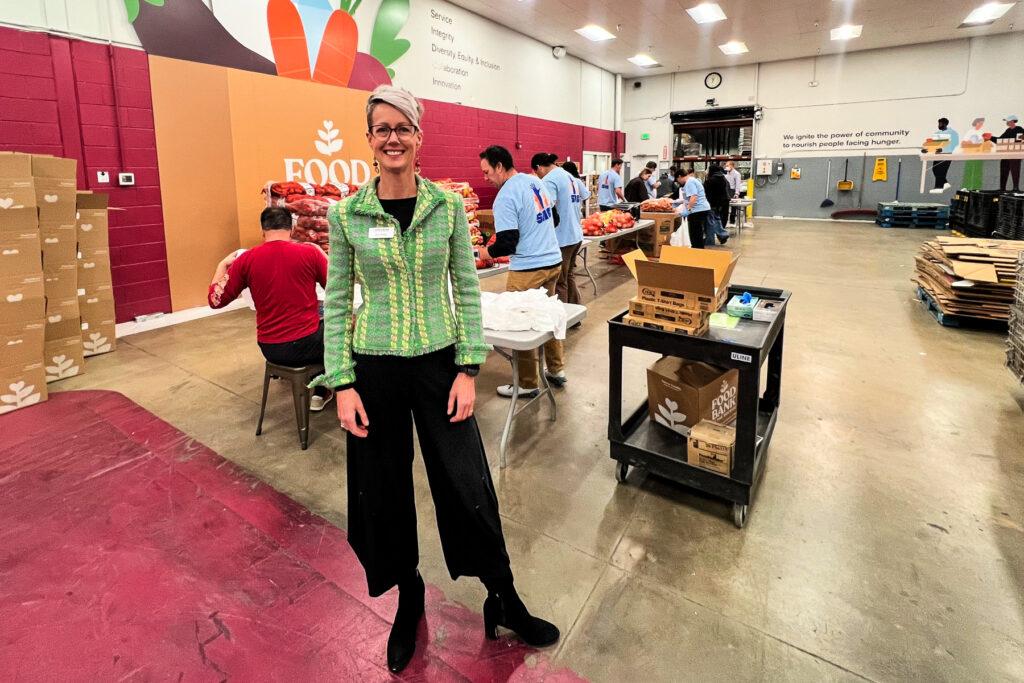
The price hikes have been driven by lingering supply chain issues, tree and poultry disease, the war in Ukraine and an increase in the cost of labor.
“Before the pandemic, we were purchasing about 450,000 to 500,000 pounds of food, and we were spending about $600,000 [a year],” Edmunds said. “Last year, we spent over $2 million on food, but we only brought in about one and a half million pounds. So we were spending four times as much money on only twice as much food.”
Edmunds said most people Weld Food Bank serves don’t need services because they’re losing work or getting hit with unexpected bills. Many are simply struggling to stretch their finances any further than they already are.
“As a veteran once told our CEO, there's just too much month for their money,” he said.
A study from the Colorado Health Institute last summer showed that 8.1 percent of Coloradans reported not eating as much as they thought they should because they could not afford food. Two in ten Coloradans said they were concerned about affording nutritious meals.
“There is more need because we no longer have increases like in SNAP or food stamp benefits, for instance,” said Pulling. “So we're more dependent on the generosity of our community than ever before.”
Financial donations are one of the most tangible ways to give, according to service groups. Weld Food Bank, for example, can turn a dollar donated into three meals.
“Or if you want to think of it this way, we can feed someone for a dollar a day. That's a big impact that someone can make,” he said. “And that's what the holidays are about, you can come to the literal table so people can have Thanksgiving meals with their family – or the metaphorical table where we can come together and say, what are the needs of our community and how can we help them regardless of our race, our religion, our gender – our anything.”
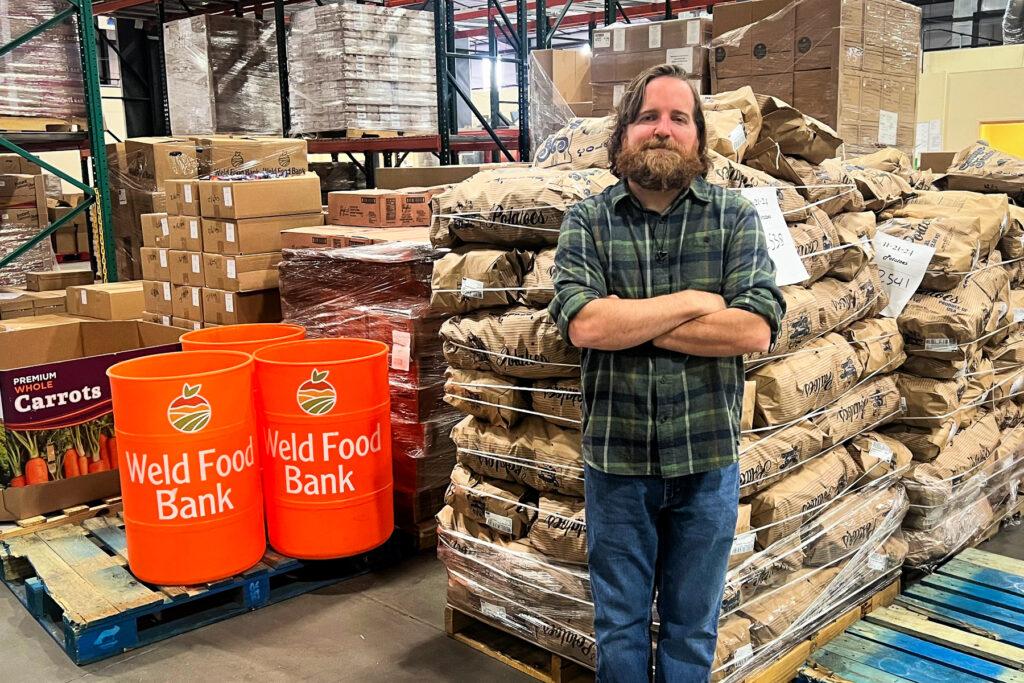
Another way to give is through volunteering for one of the many programs offered by local food banks working to feed seniors, children and others in need.
“Last year, our volunteer base gave over 67,000 hours, which equates to 32 full-time staff members, and we have 31 people on staff, so over half our workforce is volunteers. But that food donation is important as well,” Edmunds said.
In the state’s rural areas, physical food banks and their mobile extensions may be the only way for some people to access healthy meals for their families. This can pose a challenge when covering 4,000 square miles like Weld County Food Bank does, but Edmunds says that’s where community partners come in.
“Those smaller communities don't have the resources for kids to hop on the city bus and maybe go to their local school and get a meal, so we work with libraries and some of our agency partners to provide safe places for kids to go to and still get the delicious meals we're making here on site,” Edmunds said.
As people celebrate the season of giving, many food banks do see an increase in volunteers and donations. Maintaining that momentum year-round is crucial and daunting at times.
“Those happy hallmark feelings of the holidays go away once the presents are open and the trees are taken down, but the need is still there,” Edmunds said.
According to the Colorado Health Access Survey, 11.2 percent of Coloradans were food insecure in 2023, which is a more than 3 percentage point increase from 2021. Yet, Pulling says no matter how many people need their help, food banks will continue to ensure they have enough for everyone, even if it costs them more to do it.
“We have a united belief that no one should have to choose between putting food on the table and paying another household bill,” she said.



